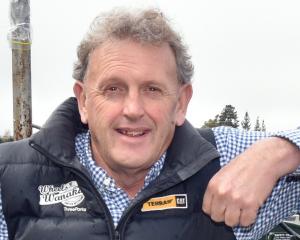
Dune reprofiling has emerged as the favoured approach for reducing the risk of contaminated material becoming exposed while also enhancing the natural coastline.
Contaminated material would be replaced by sand and the dune gradient would be lowered, increasing stability.
"This approach works with nature to create a dynamic dune system able to act as a buffer during storms," the Dunedin City Council report said.
The council had included $37.8m in its 2025-34 long-term plan for remediation of Kettle Park.
The estimate of $35m for dune reprofiling did not include contingency money.
Other shortlisted options were cheaper, but also considered less appropriate.
A backstop wall was described as a hard engineering option and might cost about $33m.
"This option has a high degree of implementation complexity due to the required depth of excavation to place the structure," the report said.
Dune reprofiling was considered to have moderate implementation complexity.
"This option might require episodic sand nourishment and management of dune vegetation after extreme storms," the report said.
Using geobags as a long-term technique to prevent erosion was viewed as cost-efficient, costing $9m-$13m, but was also problematic.
Contaminated material would not be removed and geobags would have to be replaced about every five years.
"Furthermore, wave reflection on the geobags' surface will likely result in a beach lowering and narrowing in the long term, potentially resulting in the total loss of the beachfront at high tide."
Dunedin Mayor Jules Radich said it was interesting to see the options.
"The glaringly obvious omission is groynes," he said.
A report by Tonkin and Taylor said the remedial effectiveness of groynes was uncertain and there was a potentially difficult consent pathway.
Beca noted a timber groyne had historically been used at St Clair Beach in an attempt to stabilise the shoreline.
Groynes would require beach nourishment to be effective, Beca said.
Mr Radich said groynes had worked successfully at St Clair Beach over the years.












